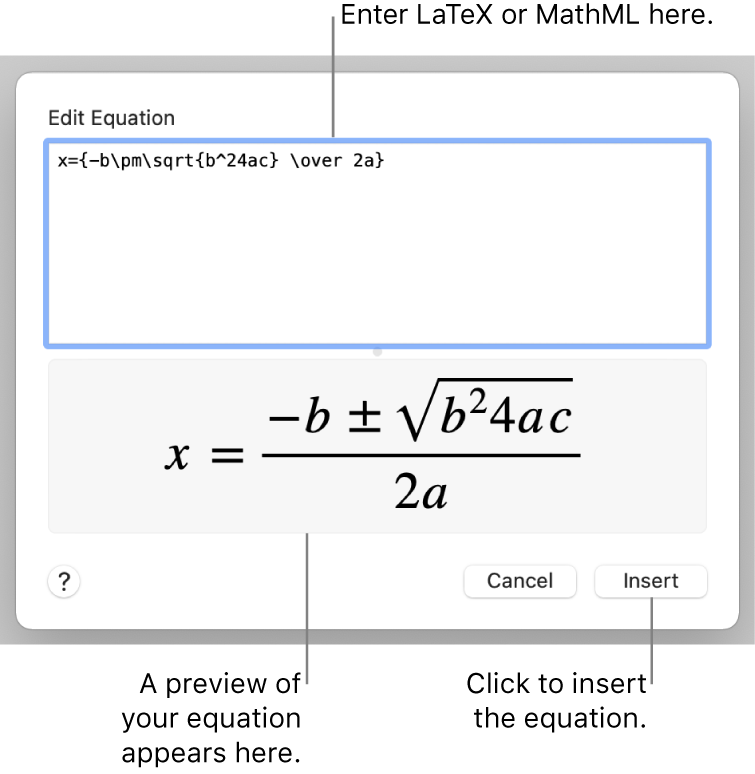
For example, if x^ n or x** n is used for exponentiation instead of x n, the article should define these notations. These will be helped by an aside like ".where Δ( K) is the discriminant of the field K."Īn article should use standard notation when possible, and notations which are unavoidably non-standard or uncommon should be defined within it. For example, some readers will immediately recognize that Δ( K) means the discriminant of a number field, but others will never have encountered the notation. When in doubt, articles should define the notation they use. Readers have differing levels of experience and knowledge.

Historical motivation, including names and dates, especially if the article does not have a "History" section.The lead section should include, when appropriate: In Euclidean plane geometry, Apollonius's problem is to construct circles that are tangent to three given circles in a plane. In mathematics, topology (from the Greek τόπος, 'place', and λόγος, 'study') is concerned with the properties of a geometric object that are preserved under continuous deformations, such as stretching, twisting, crumpling and bending, but not tearing or gluing. The lead sentence should informally define or describe the subject. Any topics outside of that scope or more advanced than them a reader can be assumed to be ignorant of. For articles that are on these subjects, or on simpler subjects, it can be assumed that the reader is not familiar with the aforementioned subjects. It is safe to assume that a reader is familiar with the subjects of arithmetic, algebra, geometry, and that they may have heard of calculus, but are likely unfamiliar with it. The lead sentence should state that the article is about a topic in mathematics, unless the title already does so. In general, the lead sentence should include the article title, or some variation thereof, in bold along with any alternate names, also in bold. Formulas should appear in the first paragraph only if necessary, since they will not be displayed in the preview that pops up when hovering over a link. The lead should, as much as possible, be accessible to a general reader, so specialized terminology and symbols should be avoided. and summarize the article's most important points.Main page: Wikipedia:Manual of Style/Lead sectionĪrticles should start with a short introductory section, called the "lead". For example, when writing about a field in the context of abstract algebra, is it best to assume that a reader is already familiar with group theory? A general approach to writing an article is to start simple and then move towards more abstract and technical subjects later on in the article, as in a colloquium talk.

You can scale/adjust and colour to your requirements.Probably the hardest part of writing a Wikipedia article on a mathematical topic, and generally any Wikipedia article, is addressing a reader's level of knowledge.

This will separate the white spaces in your equation from the black content that you need.

Select your new vector graphic equation and choose Object -> Ungroup.Your equation should now be a vector graphic.It is very important to obtain a high dpi image for this step to work favorably. When in Illustrator, select your imported equation image and choose Object -> Image Trace -> Make and Expand.ShareX) so you can skip the image saving+loading process.
#Math illustrations how to do bold in expressions software
Alternatively, you can speed things up by using a screencapture software (e.g.


 0 kommentar(er)
0 kommentar(er)
